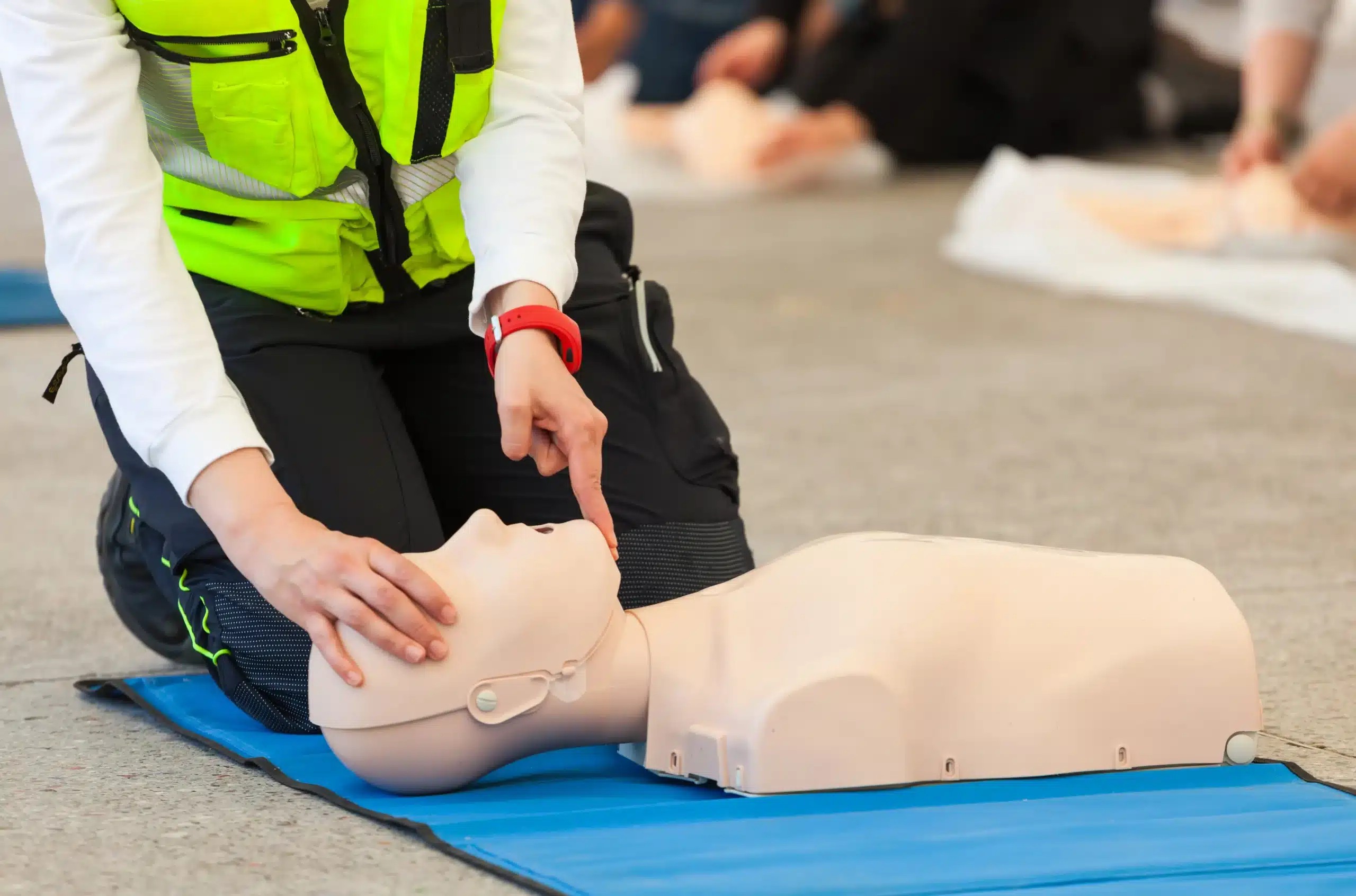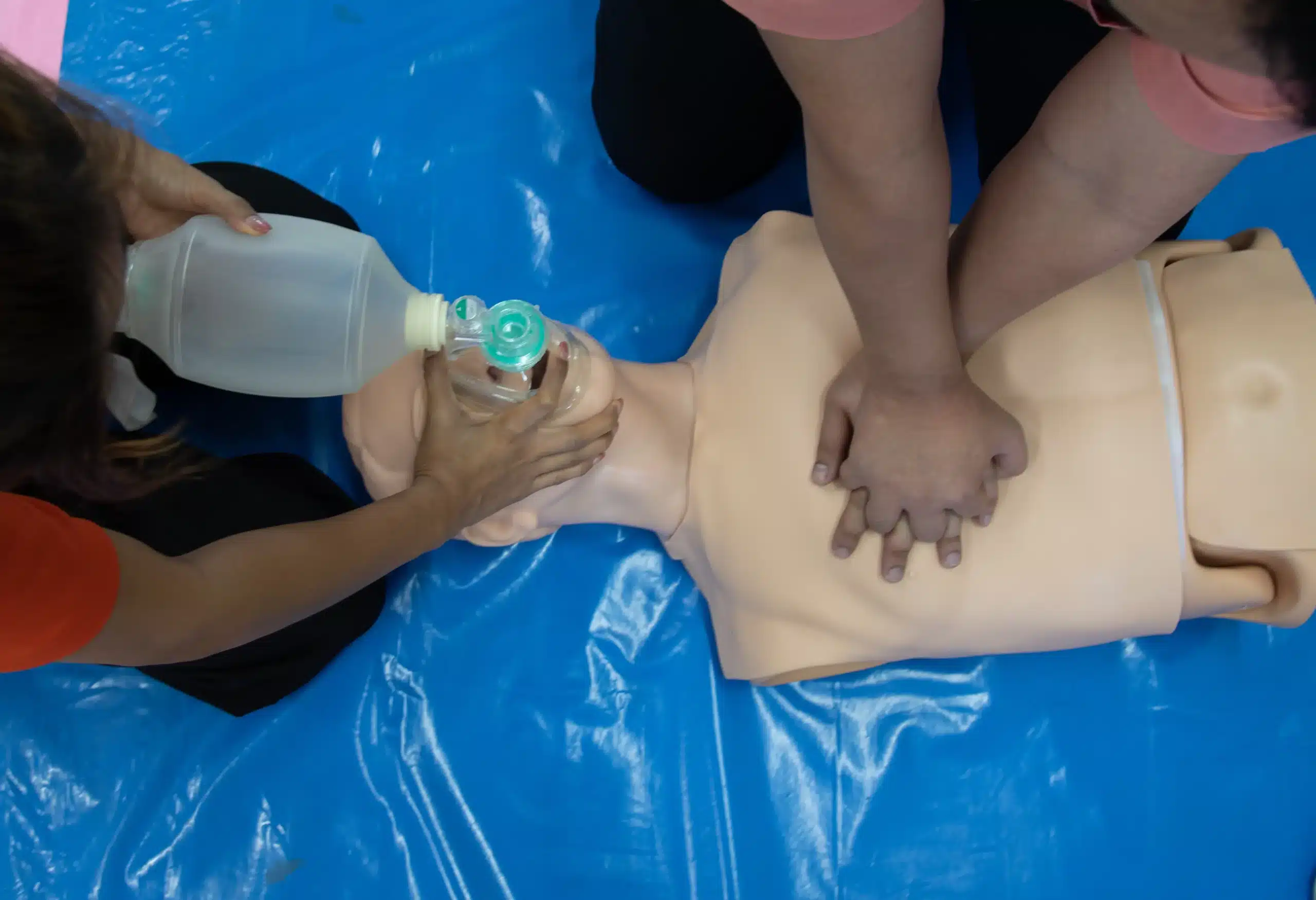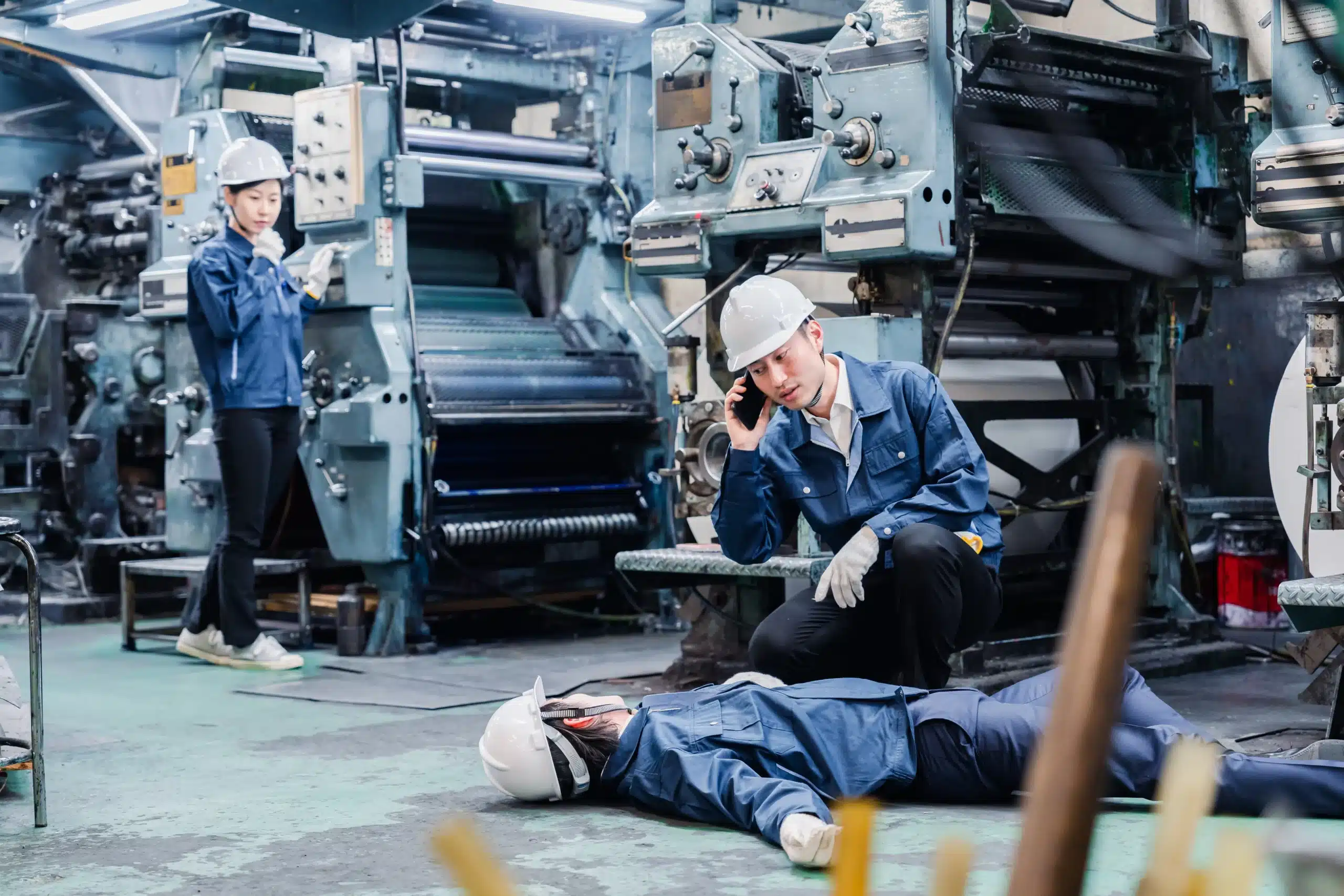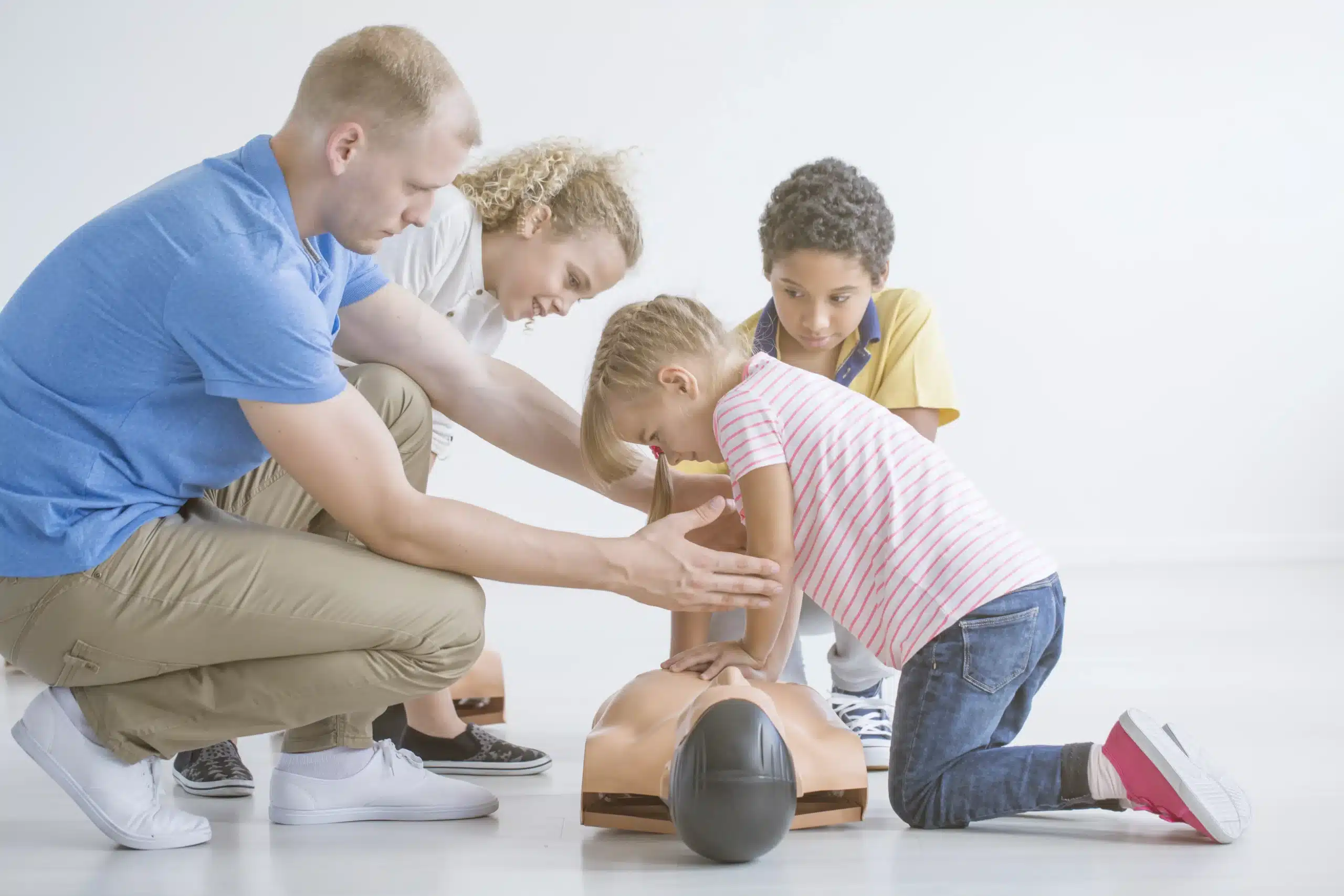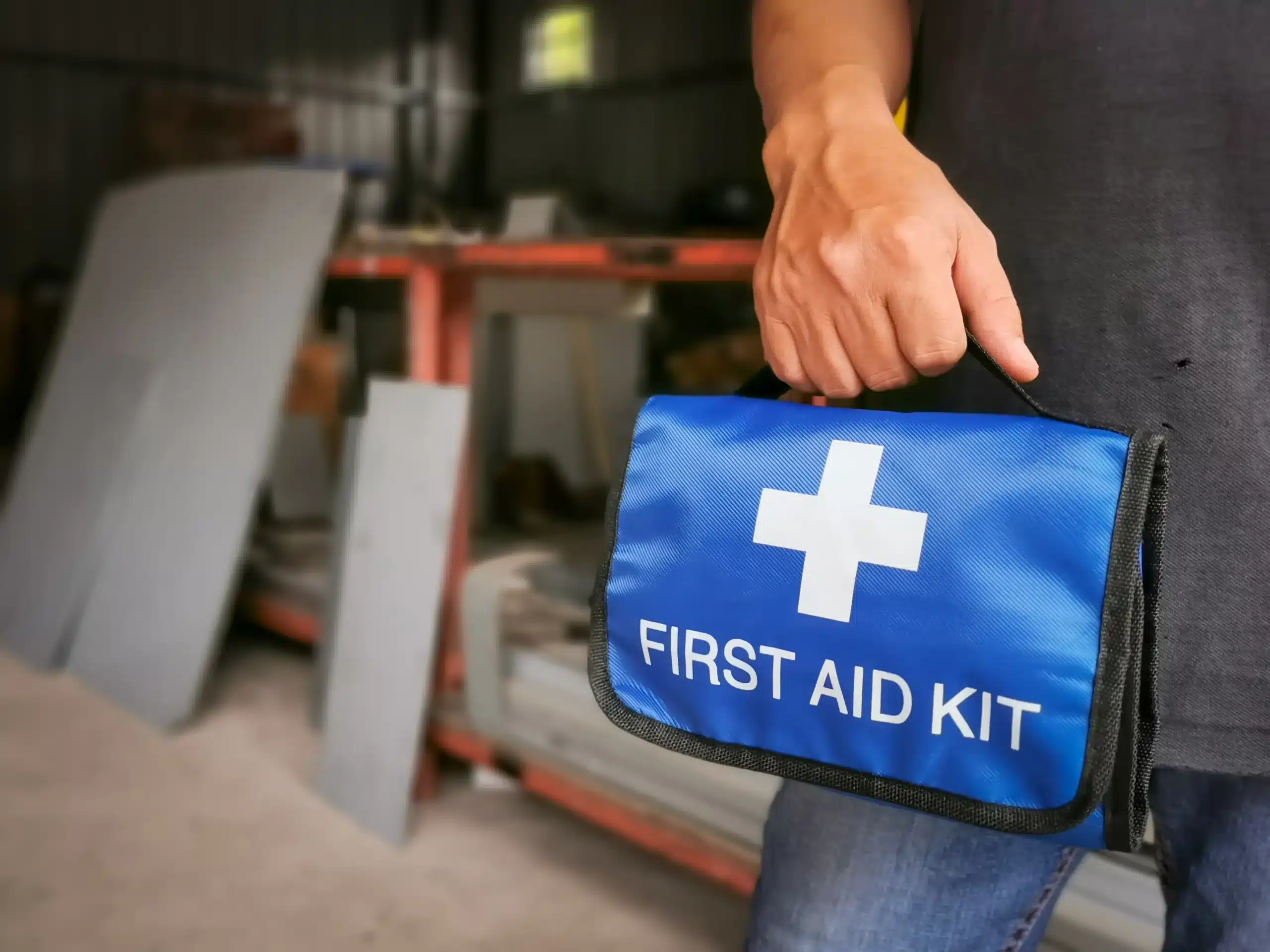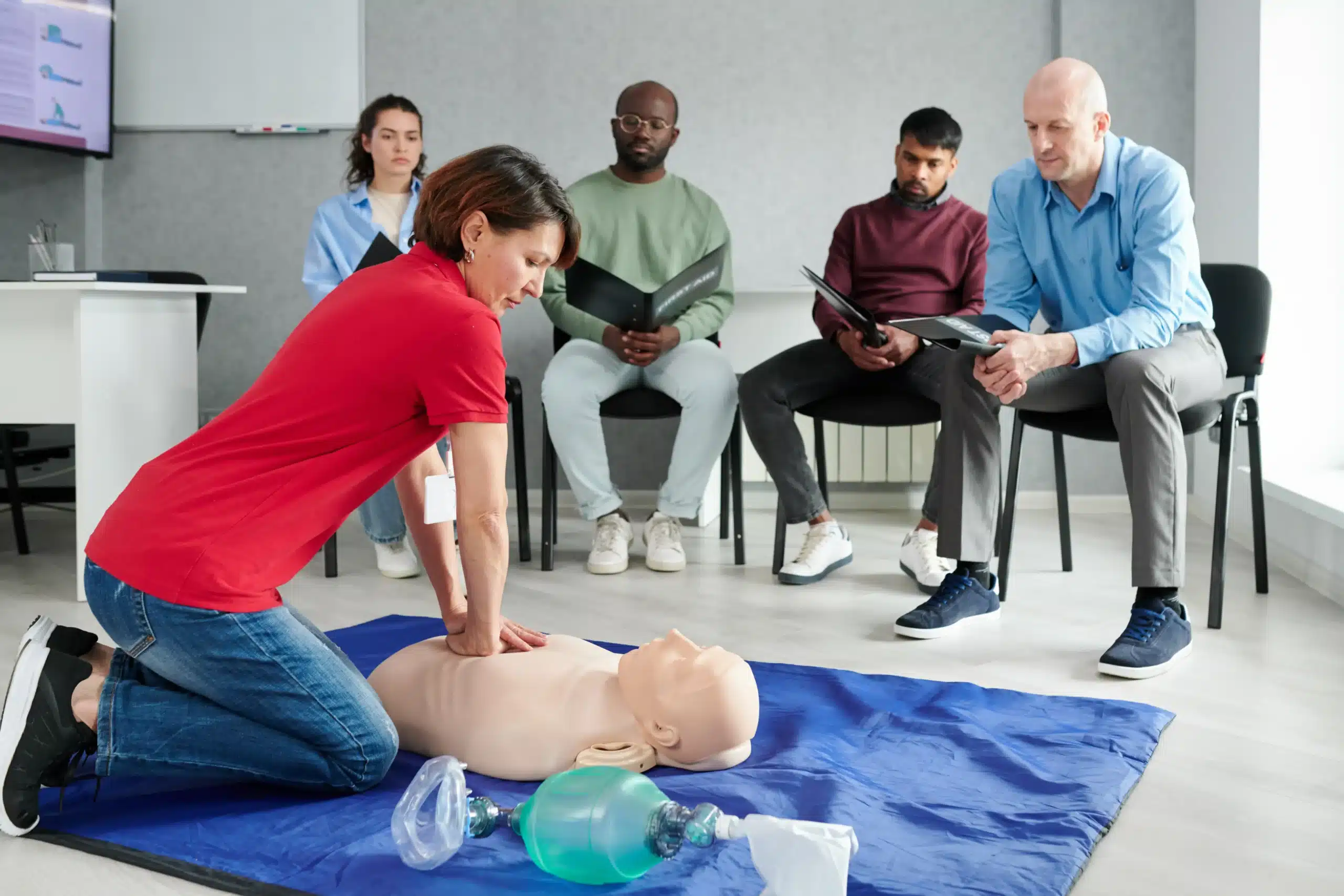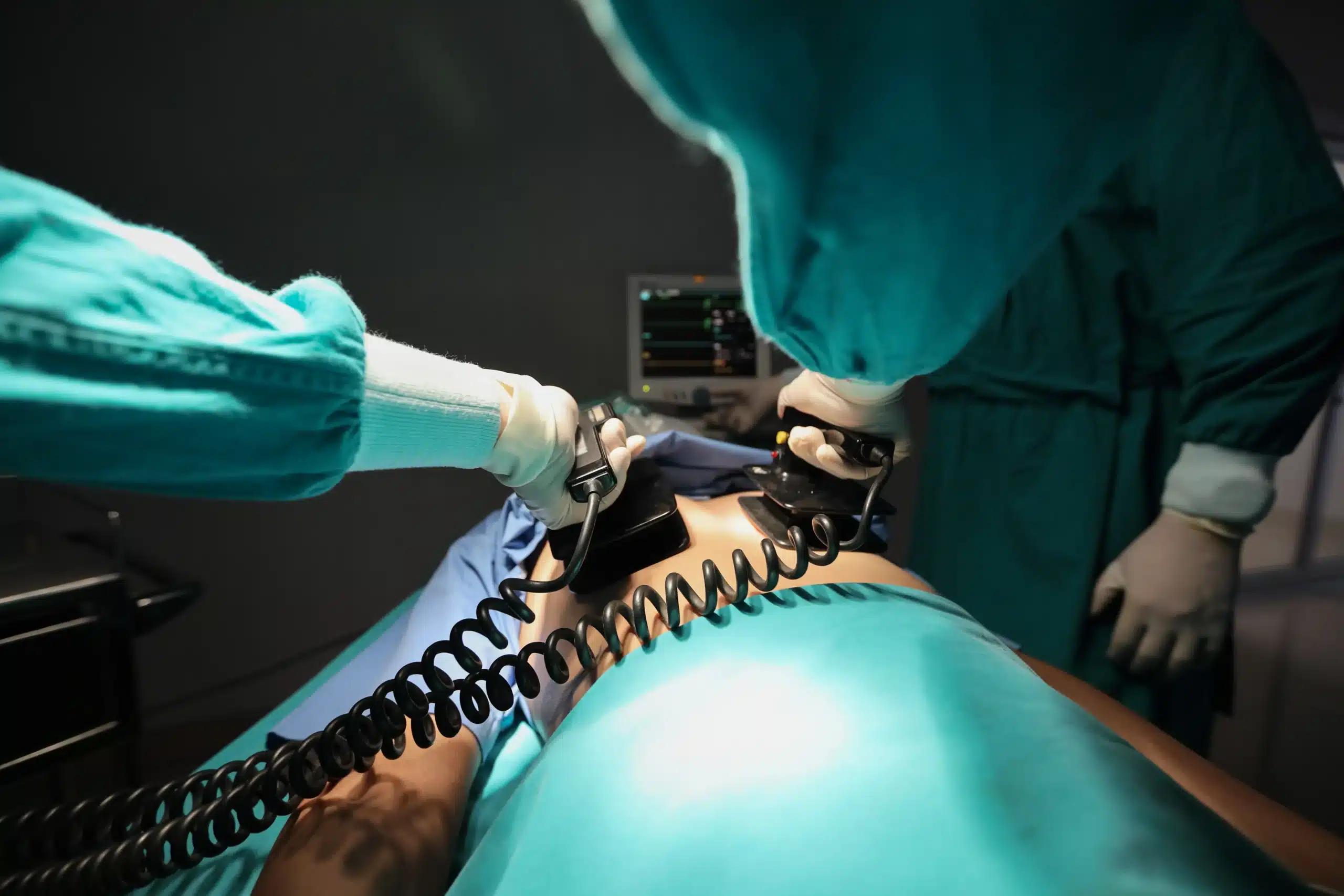Ready to gain essential lifesaving skills? This guide covers everything you need to know about BLS (Basic Life Support), from understanding its importance to finding the right BLS courses in San Jose. Whether you’re a healthcare professional, a concerned parent, or simply someone who wants to be prepared for emergencies, we’ll explore the ins and outs of BLS certification, course formats, costs, and the significant benefits of becoming BLS certified. We’ll also highlight top BLS course providers in San Jose, helping you make an informed decision about your training. Plus, we’ll share practical tips to help you succeed in your BLS course and confidently apply your new skills.
Key Takeaways
- BLS certification provides essential lifesaving skills: Learn CPR, AED use, and airway management techniques to confidently handle medical emergencies.
- Choose the right BLS course format for your needs: Explore in-person, blended, and online options to find a course that fits your schedule and learning preferences. Consider factors like location, cost, and provider reputation.
- BLS training offers personal and professional advantages: Gain confidence in emergencies, enhance your career prospects, and demonstrate your commitment to safety by becoming BLS certified.
What is BLS?
Basic Life Support (BLS) is a crucial set of lifesaving skills. Think of it as the immediate, essential care given to someone experiencing a medical emergency like a heart attack, stroke, or choking incident. BLS focuses on the ABCs: initial assessment, maintaining an open airway, and performing CPR. While it shares similarities with basic CPR, BLS goes further, equipping healthcare providers and first responders with the advanced knowledge and techniques needed to effectively manage these critical situations, including using an AED. Learn more about our BLS certification course.
What BLS Does
BLS training covers a wide range of essential skills. You’ll learn CPR for adults, children, and infants, how to use an Automated External Defibrillator (AED), and how to help someone who is choking. The training also covers how to quickly assess an emergency and important legal considerations. It’s a comprehensive course designed to prepare healthcare professionals for diverse scenarios.
Why BLS Matters
BLS certification is a must-have for many professionals, especially those in healthcare, like nurses and doctors, as well as first responders such as police officers and firefighters. A BLS certification demonstrates you have the skills to handle medical emergencies, which can dramatically improve patient outcomes. Learning BLS can truly empower you to make a difference and potentially save lives. We offer a low price guarantee for BLS certification in Sunnyvale, Santa Clara, and San Jose.
Best BLS Course Providers in San Jose
Finding the right BLS course is an important first step. Here are some well-regarded options for BLS certification in San Jose:
Safety Training Seminars
Safety Training Seminars offers a range of courses, including BLS certification, at their Sunnyvale location. They are committed to providing the lowest prices in Santa Clara County and offer two-year certification cards. Their convenient location serves Sunnyvale, Santa Clara, and San Jose. For those looking to train a team, they also offer discounts for group classes and have a low price guarantee.
American Red Cross
The American Red Cross provides various BLS certification and renewal courses in San Jose. They offer flexible learning options, including in-person classes (some as short as 4.5 hours) and a blended Simulation Learning experience combining online and in-person training.
CPR Training Center
The CPR Training Center offers AHA-certified BLS provider classes in San Jose. Their courses are approximately 3.5 hours long and are available in both classroom and blended learning formats. Their training center is located at 2660 John Montgomery Dr. Suite 6, San Jose.
American Heart Association
While not a training provider itself, the American Heart Association sets the standards for CPR and BLS. You can find training centers offering AHA-certified courses through their website or by contacting local providers like Safety Training Seminars and the CPR Training Center. Another option is the CPR Training Center in San Jose, which offers various AHA courses, including CPR/First Aid, BLS, ACLS, PALS, and NRP. They also offer specialized courses like EMSA Health & Safety training.
Stanford Health Care
Stanford Health Care may offer BLS training; it’s best to check their website or contact them directly for the most up-to-date information on their course offerings.
BLS Course Formats and What They Cover
Finding the right BLS course format is key to successfully completing your training. Let’s break down the different options available and what you can expect to learn.
In-Person Classes
Traditional in-person BLS classes offer a hands-on learning experience with direct interaction with instructors and other students. These classes are a great option if you thrive in a structured classroom setting and value face-to-face instruction. Providers like Safety Training Seminars offer in-person BLS certification in convenient locations like Sunnyvale, serving the broader San Jose area. This format allows for immediate feedback on your technique and provides opportunities to ask questions.
Blended Learning
For those seeking more flexibility, blended learning combines online coursework with in-person skills sessions. This format allows you to learn the theoretical aspects of BLS at your own pace, then practice your skills in a hands-on session with an instructor. This hybrid approach can be a good fit for busy professionals juggling work and other commitments. Some providers, like CPR Training Center, offer this blended learning option.
Online Components
Fully online BLS certification courses are also available, offering maximum convenience for those with demanding schedules. These courses typically involve interactive modules, videos, and assessments that you can complete anywhere with an internet connection. While convenient, it’s important to confirm that the program includes a required in-person skills assessment to receive your American Heart Association BLS certification. This practical evaluation ensures you can effectively apply the skills you’ve learned.
Course Length and Schedule
BLS courses generally range from 3.5 to 4.5 hours, depending on the format and provider. Check with specific providers like Safety Training Seminars for their course schedules. They often offer classes on various dates and times to accommodate different schedules. You can often find the most up-to-date schedule on the provider’s website.
Core Skills
Regardless of the format, all BLS courses cover the same core skills. You’ll learn essential life-saving techniques, including CPR for adults, children, and infants, how to use an AED, and how to relieve airway obstructions. The training emphasizes critical thinking and problem-solving skills to help you respond to emergencies.
Certification: Process and Validity
Upon successful completion of a BLS course and the skills assessment, you’ll receive your BLS certification card, typically valid for two years. Many providers, including Safety Training Seminars, issue the AHA BLS Provider card the same day you complete the course. Renewal courses are available to maintain your certification. Start thinking about renewal about a month before your certification expires.
BLS Certification: Cost vs. Value
Getting BLS certified is an investment in your skills and your future. But how much should you expect to pay, and how can you find the best value? Let’s break down BLS certification costs in San Jose and explore ways to make the most of your training budget.
Typical San Jose Pricing
In San Jose, BLS certification courses typically start around $70. This covers a comprehensive training session equipping you with the essential skills to respond to cardiac arrest and other emergencies. Remember that this is just a starting point. Prices can vary based on the provider, the course format (in-person vs. blended learning), and any included resources.
Group Discounts and Deals
If you’re training with friends, colleagues, or a community group, look for providers that offer group discounts. These discounts can significantly reduce the per-person cost, making BLS training more accessible. Some training centers offer discounts for groups of two or more. This can be a smart way to save, especially for organizations training multiple employees. Check with your chosen provider about their specific group discount policy. Safety Training Seminars offers competitive pricing for groups.
Low-Price Guarantees
Finding affordable, high-quality training is essential. Look for providers like Safety Training Seminars, which offers a low-price guarantee. This demonstrates their commitment to providing competitive prices, ensuring you get excellent value. Knowing a provider stands behind its pricing gives you confidence that you’re making a smart choice. You can compare prices from different providers, like the CPR Training Center, to see how they compare.
Benefits of BLS Certification
Getting your BLS certification is more than just checking a box; it’s an investment in yourself, your career, and the safety of those around you. Whether you’re a healthcare professional or work in another field, BLS training offers significant advantages.
Advance Your Career
For many healthcare roles, BLS certification is a must-have. It’s often a baseline requirement for nurses and other medical professionals. Earning your BLS certification demonstrates your commitment to providing high-quality patient care and makes you a stronger candidate in a competitive job market. It can open doors to more opportunities and potentially higher pay. This certification shows employers you have the skills to help in medical emergencies.
Prepare for Emergencies
BLS training equips you with the skills to handle a range of emergencies. You’ll learn CPR, of course, but also how to assess a situation and understand important legal considerations. Your training might also include other first-aid procedures. This comprehensive approach, covering everything from a heart attack to a choking incident, ensures you can respond effectively in various scenarios. Knowing what to do in these critical moments can make all the difference. BLS training goes beyond CPR to include a wider range of skills.
Build Confidence in Crises
Imagine facing a medical emergency. Would you feel confident and prepared to act? BLS training empowers you to handle these high-pressure situations with greater composure. Mastering the skills reduces stress and improves your performance under pressure, allowing you to act decisively when every second counts. This confidence translates to better outcomes for those in need. Getting certified demonstrates proactive career development.
Grow Professionally
BLS certification shows employers you’re proactive and committed to safety. It’s a valuable asset not only in healthcare but also in fields like education, childcare, and even corporate settings. Having these skills highlights your preparedness and dedication to creating a safer environment. Consider a BLS course to enhance your professional development and demonstrate your commitment to lifelong learning. This certification is important for showing employers you’re ready to assist in medical emergencies.
Choose the Right BLS Course in San Jose
Finding the right BLS course in San Jose takes a little research. Compare providers, course formats, and certifications to ensure you get the training you need.
What to Look For in a Provider
A reputable provider is essential for valuable BLS certification. Look for providers offering courses from recognized organizations like the American Red Cross, known for their high-quality instruction. Their Basic Life Support (BLS) certification courses align with industry standards. Consider factors like instructor experience, class size, and student reviews. Smaller classes often allow for more personalized instruction. Check if the provider offers additional courses like First Aid or CPR to cover all your bases.
Compare Courses
Not all BLS courses are the same. Compare options in San Jose, paying attention to key details. Many providers offer various learning formats, including in-person and blended learning (online and in-person components). Course length varies, but many BLS CPR provider classes are roughly 3.5 hours. Convenient locations can make attending classes easier. A comprehensive selection of courses, such as CPR/First Aid, BLS, ACLS, PALS, and NRP, from a single provider like the CPR Training Center in San Jose, can be a real advantage.
Accreditation and Recognition
Accreditation matters when choosing a BLS course. Make sure the course leads to an official American Heart Association certification, recognized worldwide. Even online courses should be accredited to meet industry standards. Online BLS certification offers flexibility for busy professionals, but accreditation ensures your certification holds weight and demonstrates your commitment to quality training.
Register and Prepare for Your BLS Course
So you’re ready to commit to a BLS course? Great! Here’s what you need to know about registering and preparing for your training.
Steps to Register
Finding the right BLS class is easy. Visit our website to view our course schedule and find a date that works for you. We offer classes throughout the week to accommodate busy schedules. You can register directly through our site—it only takes a few minutes. Prefer to chat about your options? Give us a call, and we’re happy to help you find the perfect fit.
Required Materials and Prerequisites
You’ll need the BLS Provider Manual before your class. You can purchase this manual online as an ebook or paperback. While there aren’t any prerequisites for BLS certification, having a general understanding of basic life support principles can be helpful. Brushing up on some first-aid basics beforehand can give you a head start.
Tips for BLS Training Success
BLS training is hands-on and focuses on practical skills. Come ready to participate actively. Thinking about how you’d respond in a real emergency will help you apply what you learn. If your schedule is tight, consider our blended learning option, which combines online coursework with in-person skills sessions. This format offers flexibility while still ensuring you get essential hands-on practice. And remember, we offer a low price guarantee, so you can feel confident you’re getting the best value for your training.
Related Articles
- BLS Certification in San Jose: The Ultimate Guide – Sunnyvale CPR Classes
- BLS Classes in Sunnyvale: A Complete Guide
- BLS for Healthcare Providers in Santa Clara: A 2024 Guide – Sunnyvale CPR Classes
- American Heart Association (AHA) Training in San Jose – Sunnyvale CPR Classes
- BLS in Sunnyvale: Your Guide to Getting Certified – Sunnyvale CPR Classes
Frequently Asked Questions
What’s the difference between BLS and CPR?
CPR is a core component of BLS, but BLS encompasses a broader range of skills. Think of CPR as the foundation, while BLS builds upon it with additional techniques and knowledge specifically designed for healthcare providers and first responders. BLS covers things like using an AED, team dynamics during resuscitation, and advanced airway management.
How long does BLS certification last, and how do I renew it?
BLS certification is typically valid for two years. To renew, you’ll need to take a refresher course before your current certification expires. This ensures your skills are up-to-date and you’re prepared to respond effectively in an emergency. Check with your certifying organization or training provider for specific renewal requirements and course availability.
What if I have a busy schedule? Are there flexible BLS course options?
Absolutely! Many providers understand that schedules can be tight. Look for options like blended learning, which combines online coursework with shorter, in-person skills sessions. This allows you to learn the material at your own pace and then demonstrate your skills in a practical setting. Some providers also offer evening and weekend classes to accommodate various schedules.
How much does a BLS course cost, and are there ways to save?
The cost of a BLS course can vary depending on the provider and location. It’s always a good idea to compare prices from different providers in your area. Look for providers offering group discounts, which can be a great option if you’re training with colleagues or friends. Some providers also offer discounts for students or other specific groups.
Why should I get BLS certified if I’m not in healthcare?
BLS certification is a valuable asset even outside of healthcare. It equips you with essential life-saving skills that can be used in any setting. Whether you’re a teacher, coach, childcare provider, or simply want to be prepared for emergencies, BLS training empowers you to respond confidently and potentially save a life. It also demonstrates your commitment to safety and preparedness, which can be a valuable asset in many workplaces.
